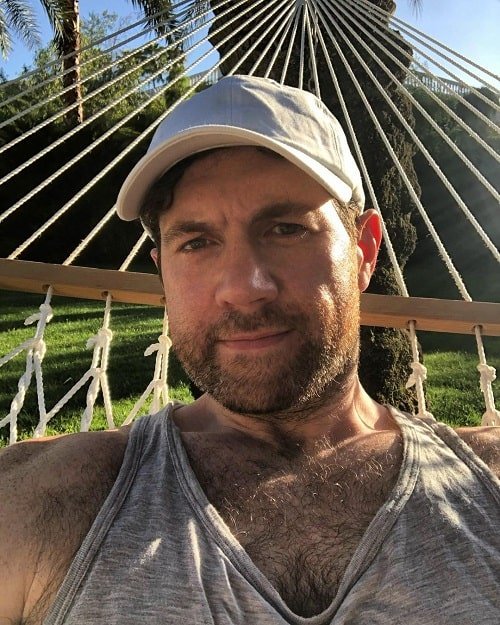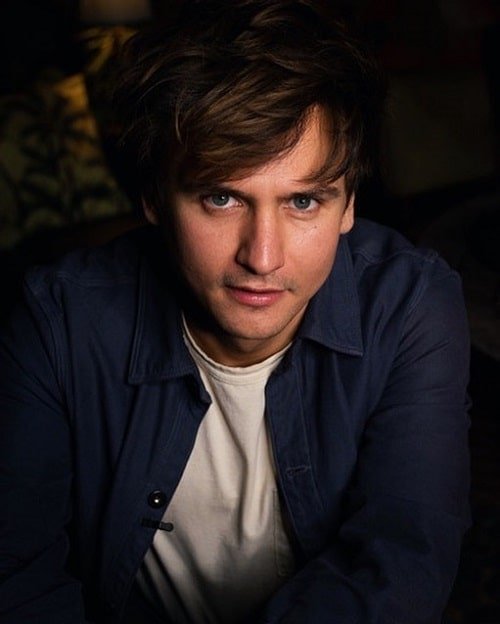Casey Anthony Biography and Life Story
In this article, here is the full details of Casey Anthony about wiki, biography, date of birth, birthplace, zodiac sign, nationality, hometown, age, height, weight, father, mother, family, boyfriend, husband, relationship status, children, profession, education, career, net worth, facts, Wikipedia, and many more.

Casey Anthony became a figure of intense public scrutiny and debate after her 2008 trial for the death of her daughter, Caylee Anthony. Her case, which involved themes of mystery, tragedy, and media sensationalism, captured the attention of the world and brought up complex questions about the criminal justice system and media influence. This article delves into Casey Anthony’s life, the circumstances surrounding Caylee’s tragic death, and the broader implications of one of the most controversial criminal cases in modern American history.
Early Life
Casey Marie Anthony was born on March 19, 1986, in Warren, Ohio, to parents George and Cindy Anthony. She grew up in a middle-class home and, according to accounts from friends and family, was a charismatic and social person throughout her childhood and teenage years. However, reports indicate that she struggled with certain aspects of her identity and often clashed with her family.
Anthony’s early life did not hint at the notoriety she would later gain. Her parents raised her in a stable household, and she attended Colonial High School in Orlando, Florida. She became pregnant in her late teens, but initially did not tell her family about the pregnancy. Her daughter, Caylee Marie Anthony, was born on August 9, 2005.
Caylee Anthony’s Disappearance
The timeline that would lead to one of the most publicized cases in American history began in June 2008. According to Casey Anthony, she last saw her daughter on June 16, 2008. However, it wasn’t until July 15, a month later, that Cindy Anthony, Casey’s mother, reported her granddaughter Caylee missing. Cindy told 911 operators that Casey’s car smelled like a dead body had been inside it and that she had not seen Caylee in weeks.
When questioned, Casey claimed that Caylee had been kidnapped by her nanny, Zenaida Fernandez-Gonzalez, who was later found to be a fictional character. She was charged with child neglect, making false statements, and interfering with a criminal investigation as law enforcement began the search for Caylee. Despite extensive searches and public efforts, Caylee was not found during the initial investigation.
Discovery of Caylee’s Remains
On December 11, 2008, Caylee’s skeletal remains were discovered in a wooded area near the Anthony family home in Orlando, Florida. The remains were accompanied by a bag and were found in a heavily decomposed state. Duct tape was reportedly found near her skull, leading to speculation about the cause and manner of her death. Caylee’s death was ruled a homicide, though the exact cause could not be determined.
The discovery of Caylee’s remains intensified the media spotlight on the case. Casey Anthony was subsequently charged with first-degree murder, manslaughter, and aggravated child abuse.
The Trial: A Media Sensation
The trial of Casey Anthony began on May 24, 2011, and lasted six weeks, drawing significant media attention and widespread public interest. The prosecution argued that Casey was responsible for her daughter’s death and that she had intentionally killed Caylee to be free of parental responsibilities. They pointed to her behavior during the month Caylee was missing, which reportedly included partying and socializing, as evidence of a lack of remorse.
The defense, led by attorney Jose Baez, claimed that Caylee had drowned accidentally in the family pool, and that Casey’s seemingly erratic behavior was a result of years of emotional distress caused by alleged family issues. Baez also introduced allegations that Casey had been sexually abused by her father, George Anthony, though these claims were never substantiated and were vehemently denied by the family.
Throughout the trial, intense public scrutiny led to polarizing opinions. Many people believed Casey was guilty, swayed by the circumstantial evidence and the narrative of her party lifestyle. The case highlighted the influence of media on public perception, with many news outlets and talk shows providing constant updates and commentary.
Verdict and Public Backlash
On July 5, 2011, after 11 hours of deliberation, the jury reached a verdict: Casey Anthony was found not guilty of first-degree murder, aggravated manslaughter, and aggravated child abuse. However, she was found guilty on four counts of providing false information to law enforcement. The verdict shocked the public and ignited a wave of outrage, with many people expressing disbelief and anger over the jury’s decision.
The “not guilty” verdict led to intense public backlash, with protests outside the courthouse and widespread criticism of the justice system. In the months and years following the trial, the case sparked discussions about the reliability of forensic evidence, the challenges of circumstantial cases, and the role of media influence in the courtroom.
Life After the Trial
After her release, Casey Anthony largely disappeared from the public eye, attempting to live a private life amid continued media attention. In 2017, she gave her first interview since the trial, in which she stated that she wasn’t certain about how Caylee had died. She expressed remorse over her daughter’s death but maintained her innocence.
Anthony reportedly lives in South Florida and has occasionally been involved in businesses, including a photography business that she later closed. She has remained a highly polarizing figure, and her life has been the subject of several books, documentaries, and true crime shows.
Legacy and Cultural Impact
The Casey Anthony trial had a lasting impact on the American criminal justice system, public opinion, and media. It exposed the complexities and limitations of forensic science, as well as the challenges of proving cases that rely heavily on circumstantial evidence. The media’s role in the trial, and the phenomenon of “trial by media,” was widely debated, as public opinion played a significant part in how the case unfolded.
Several aspects of the case influenced reforms in Florida law, particularly concerning missing child cases. “Caylee’s Law,” which makes it a felony for parents or guardians to fail to report a child missing within a certain time period, was enacted in several states following the trial.
Conclusion
The case of Casey Anthony remains one of the most talked-about and controversial criminal cases in recent American history. While many continue to debate her guilt or innocence, the legacy of the case has had a profound impact on media coverage of criminal cases, forensic analysis, and public understanding of the justice system. Today, Casey Anthony is a reclusive figure, with her story a tragic reminder of the complexities of crime, media, and the human experience.
Stay connected with the wikimavani to know more about other trending personalities the wiki, biography, date of birth, birthplace, zodiac sign, nationality, hometown, age, height, weight, father, mother, family, boyfriend, husband, girlfriend, wife, relationship status, children, profession, education, career, net worth, facts, Wikipedia, and many more.





